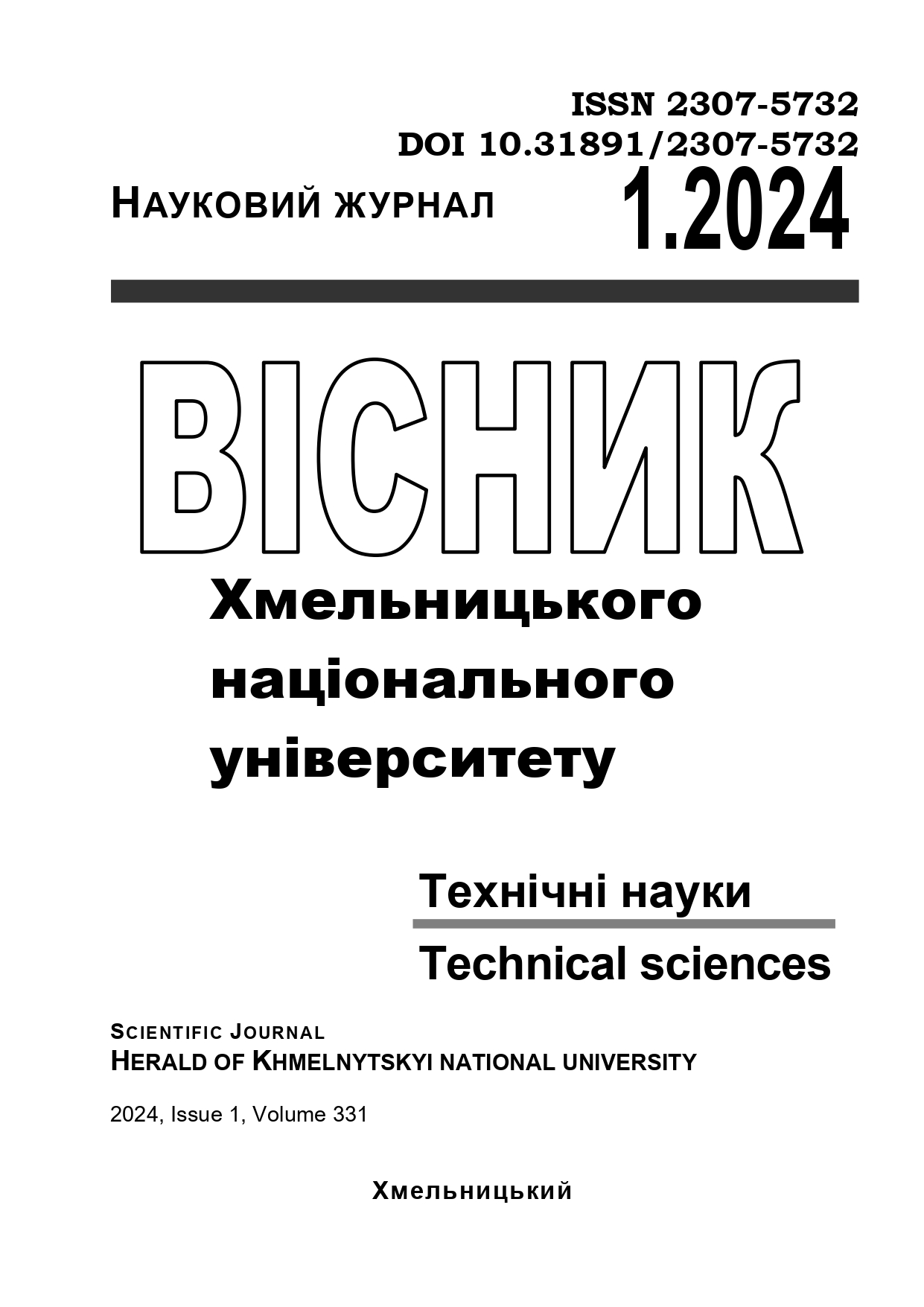MODERN SOLUTIONS AND DEVELOPMENT DIRECTIONS OF BASIC ELEMENTS IN PRECISION AGRICULTURE
DOI:
https://doi.org/10.31891/2307-5732-2024-331-50Keywords:
precision agriculture, positioning systems, remote sensing, unmanned aerial vehicles, cameras, sensors, planters for precision seeding, differential application, electronic mapAbstract
One of the most advanced directions in agriculture is precision agriculture, which is an integrated process of managing plant growth according to their needs. This technology has become possible due to the development of informatics, communication systems, and progress in the automation of agricultural machinery. A fundamental part of precision agriculture is the development and adaptation of strategies and practices for farming in modern conditions. The main focus is on measuring, understanding, and applying practical factors that affect plants, such as soil hydro-physical and chemical properties, landscape, seeds, applied technology, sowing and harvesting schedules, diseases and pests, weeds, and agro-climatic conditions.
The purpose of the work is to explore innovative, modern solutions, and development directions of the basic elements of precision agriculture systems that will contribute to making informed management decisions to ensure food security in agricultural production.
The work emphasizes that precision agriculture is considered an integral part of resource-saving ecological farming, involving the application of an integrated management system rather than individual separate elements. Thanks to the rapid development of information technologies based on innovative achievements in cybernetics, optics, sensor systems, laser and computer technology, satellite navigation systems, sensors of various purposes, and wireless communication means, solutions have been developed that integrate all elements of the agricultural machinery complex into a single whole. Among the modern solutions and development directions of precision agriculture systems are the application of satellite remote sensing with spatial resolution up to a few centimeters (GeoEye and WorldView); UAVs equipped with multispectral cameras, various sensors, satellite navigation systems, a small onboard computer, and equipment for chemical application; ground sensors designed for continuous (mobile) monitoring of plant and soil properties, such as nitrogen content, water stress, organic matter, and soil moisture (ISARIA, MiniVeg-N, and YARA N); and the use of systems such as Agronomic Decision-making Engine (ADE), See & Spray Ultimate, AiCPlus, SmartSprayer, etc.
It is noted that with the development of electronics and information technologies, various sensor systems have emerged, widely used in agricultural production to control the production process. To successfully implement precision agriculture technologies, reliable information about the soil, plants, the surrounding environment, and their variability in both space (within a field) and time is necessary.

